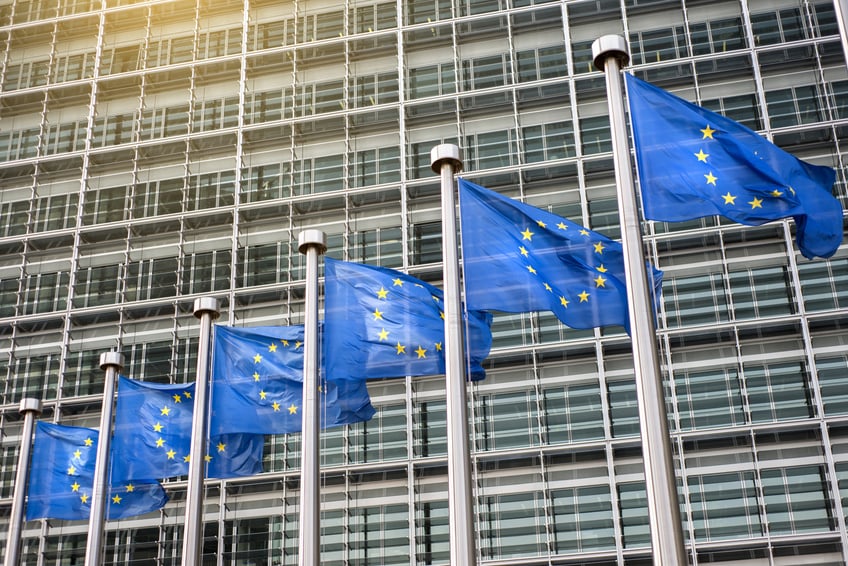New Intrastat requirements will enter into force as of January 2022. Intrastat is the EU’s system to track the movement of goods between countries of the EU. Authorities use the statistical data on international trade obtained with Intrastat for example when negotiating trade agreements and to monitoring of the functioning of the internal market.
Specifically the new rules include two additional data points in the monthly reporting format: (i) The country of origin of the merchandise and (ii) the VAT number registered in VIES of the counterparty (as reported on local EC Sales Lists). To check the validity of EU VAT numbers, the VIES database is accessible through this link. In addition, parties obliged to report under Intrastat should carefully consider what the country of origin is of their merchandise when trading in the EU.
The relevant EU Member States administrations should adapt their relevant platforms to enable operators to submit these declarations in accordance with the new requirements – insofar this has not already been done.
Note that this change will be effective regardless of implementation by national legislations, as it concerns an EU Regulation that is directly applicable without implementation by EU Member States. Consequently, operators must be ready and perform the adaptation required to their IT systems to comply.




